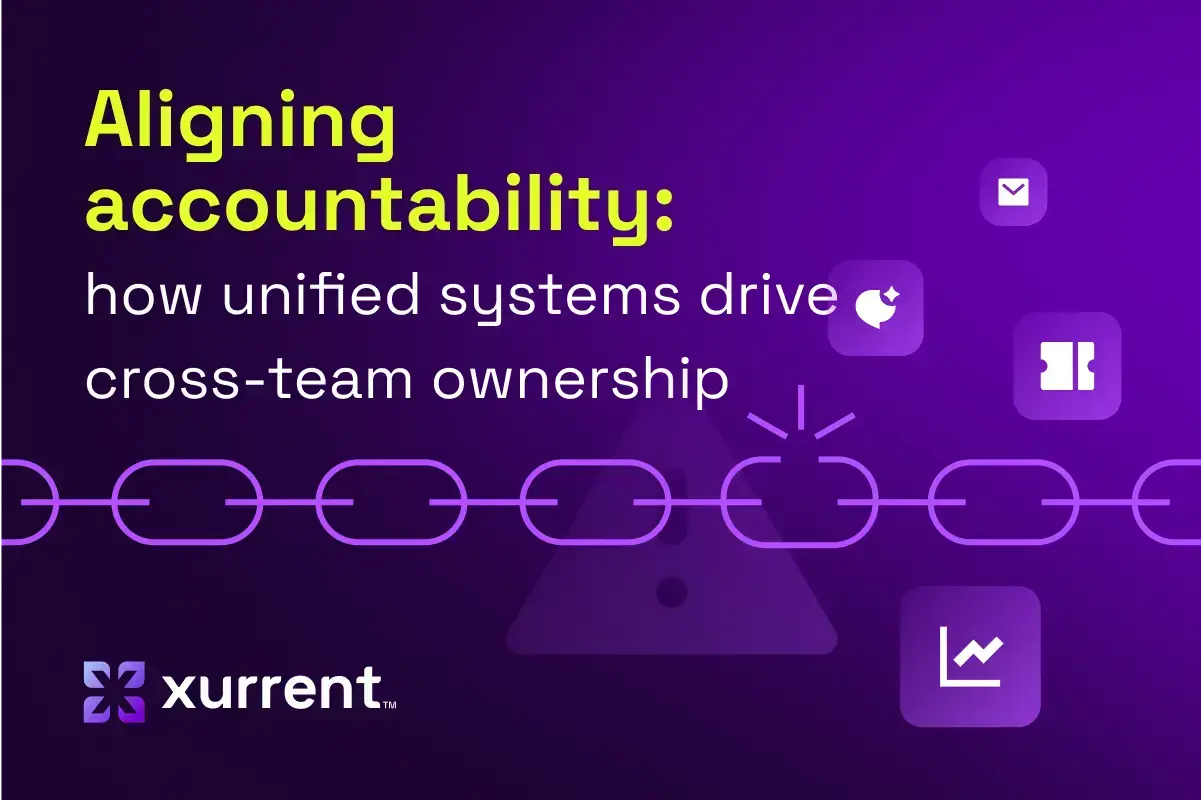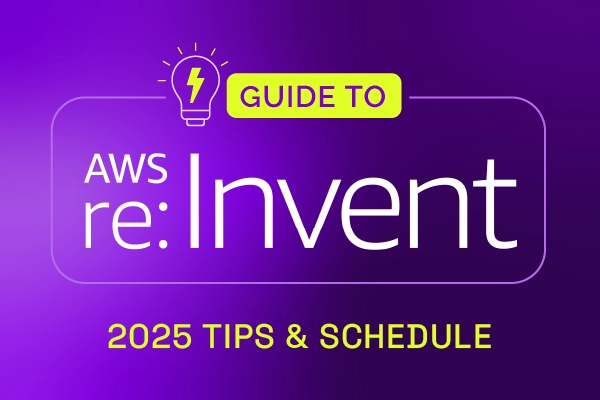Incident Response without the fire drill: what a harmonized platform really delivers
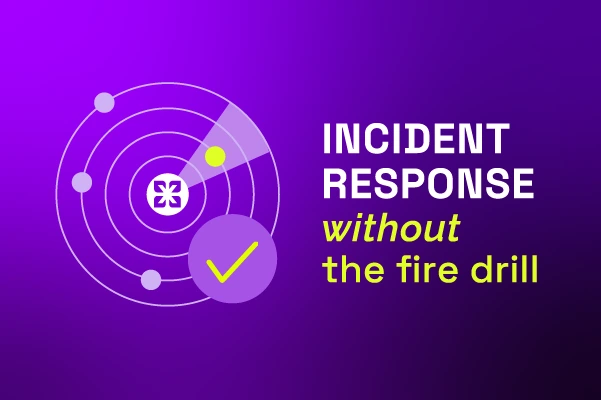
Your clock reads 3:12 AM.
As the Site Reliability Engineer (SRE)* at a large enterprise company, you have (unfortunately) grown accustomed to these mid-very-early-morning fire drills.
*or DevOps Engineer or IT Support or …
You check your phone.
Monitoring alerts are screaming. Within minutes, you have three different Slack channels buzzing, two teams pointing fingers at each other's systems, a customer-facing status page that's still showing "all systems normal" (aka, nothing to see here), and a growing email thread with 15 people trying to figure out who actually owns the affected service.
Welcome to the all-too-familiar enterprise fire drill.
Now imagine the same incident, but your platform has already:
🤝 Assembled the right team.
💬 Initiated customer communication.
🔄 Begun coordinated resolution workflows.
(and you are still sleeping)
Incident Response (IR) does not have to be a constant fire drill, yet in many organizations, that's the norm.
Why Incident Response is too often a fire drill: The Doom Loop
In many of today's organizations, incident response triggers an enterprise-wide fire drill ... when it should be a coordinated emergency response.
REALITY: Multiple monitoring systems alerting different teams simultaneously + manual processes for impact assessment and team assembly + fragmented communication across multiple (often, 5+) different platforms and apps + customer communication happening as an afterthought + critical context scattered across silos.
This creates chaos when what is really needed is a harmonized effort across all affected internal and external stakeholders.
And the costs have a real financial (business) and emotional (internal) impact.
- Minutes of wasted time coordinating the right response team.
- Teams juggling multiple tools (context switching) during often high-stress situations.
- Delayed communication during outages eroding customer trust.
- Key insights and lessons learned trapped inside the heads of a few, leading to a loss of institutional knowledge capture.
We refer to this as the Doom Loop, a cycle of reactive firefighting that occurs when IT becomes so efficient at responding to incidents that it inadvertently gets stuck in an endless cycle of firefighting. They detect an issue, analyze it, contain it, eradicate it, and recover — only to repeat the same process when the next disruption occurs.
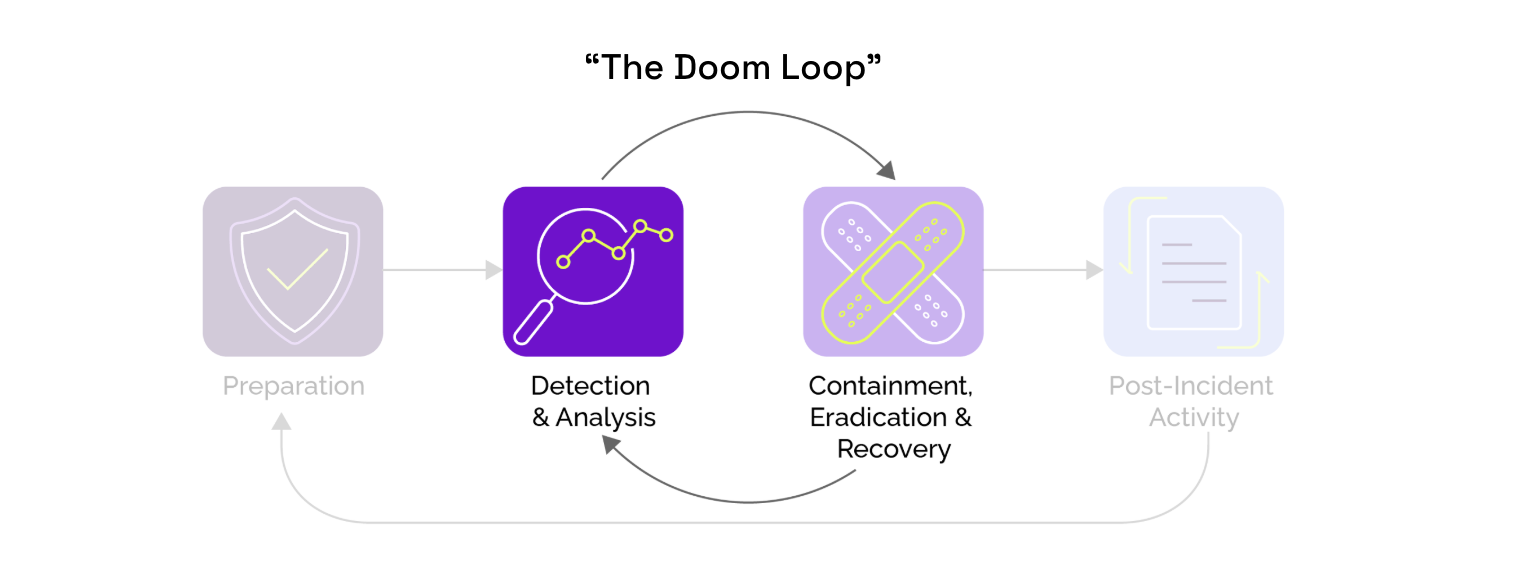
cycle of continuous improvement.
There is a better answer.
The advantages of a harmonized platform approach
The alternative to the fire drill isn't just faster tools and more systems. Stacking technology upon existing — often old, legacy technology —leads to even more scrambling, excessive wasted time, and unnecessary and costly investments.
Instead, implement a harmonized coordination strategy.
We refer to this as the Virtuous Cycle, a proactive, intelligence-driven approach to incident management that focuses on prevention rather than detection and recovery. Instead, it incorporates preparation, communication, and post-incident activity to create a cycle of continuous improvement.
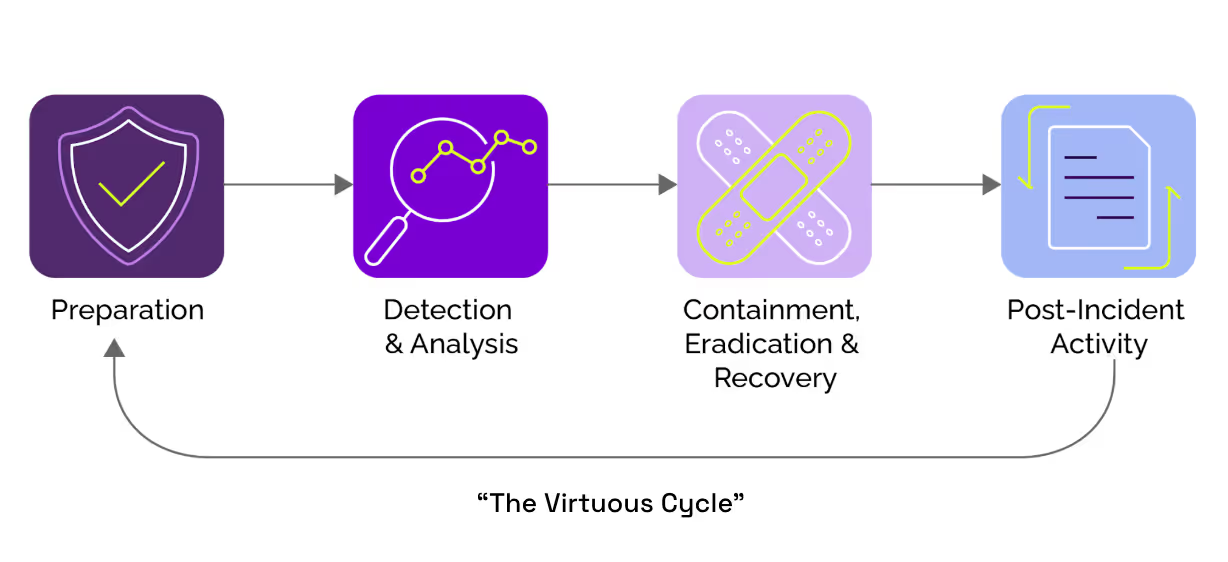
Let’s review our initial “fire drill” scenario, the 3:12 AM incident.
Recall, you didn’t jump out of bed. In fact, you slept through it all because your platform already:
🤝 Assembled the right team.
💬 Initiated customer communication.
🔄 Begun coordinated resolution workflows.
How?
In the case of Xurrent, you (the SRE) leveraged the recent Zenduty and StatusCast integration to triage, communicate, and ultimately resolve the incident. Xurrent, the platform, captured the details and assessed the impact, associating it with a problem. From there, the problem management process initiates to identify and fix the root cause after the service has been restored.
Harmony. Zen.
What a harmonized platform delivers
A truly harmonized platform provides your organization with the calm and efficiency necessary during potentially stressful and chaotic times.
How? 3 ways:
1. Intelligent detection & automation
A unified platform that ingests signals from all enterprise monitoring sources ... in real-time.
One that is AI-powered and built-in (not bolted on). One that performs an impact assessment to determine required teams and escalation paths. One that has pre-identified which communication channels make the most sense for each specific situation
2. Coordinated communication & intentional stakeholder management
A system that knows when (and how and what) to communicate to customers, alerting them in real-time as incidents are unfolding.
One that includes an integrated, modern status page, such as StatusCast, for immediate customer-facing updates. One that has cross-functional notification systems to alert various teams (IT, Facilities, Customer Success, C-suite). One that is real-time, with collaboration spaces that include all necessary context.
3. Integrated resolution & continuous learning
A system that seamlessly coordinates ITSM workflows across organizational boundaries, ensuring resolution happens through collaboration, not isolation.
One that leverages AI-assisted documentation to automatically capture institutional knowledge from every incident. One that includes built-in post-incident analysis, driving enterprise-wide improvements, and transforming reactive firefighting into proactive resilience building.
But none of this is possible without technology, a platform that has it all.
Xurrent = harmony
Xurrent is the harmonized platform, one that delivers IR without the fire drill.
We accomplish this through strong integrations, a native enterprise system that provides key "connectors" to help curb SaaS sprawl. Our platform has a built-in trust system, enabling seamless, secure collaboration between organizations and a multi-tenant architecture that scales across business units and partners
We pride ourselves on enterprise security and compliance — AWS Bedrock AI ensures secure intelligence processing, SOC 2 Type II and ISO 27001 certifications for enterprise confidence, and C5 attestation to support global enterprise requirements.
And our platform features scalable, cross-organizational workflows that centralize and coordinate automation efforts across your entire enterprise — real-time automation across ITSM/ESM/ITOM disciplines.
Finally, you can be up and running in a matter of weeks, not the months that legacy platforms require.
The future of Incident Response: Eliminating fire drills through harmonized coordination
Incident management should not be about fighting fires faster. Instead, the goal should be to eliminate the fire drill entirely.
For too long, organizations have accepted that incident response means enterprise-wide scrambling and 3:12 AM alerts that keep teams trapped in the Doom Loop.
With Xurrent's harmonized platform, your organization can move beyond reactive scrambling and towards proactive coordination. When monitoring systems, communication channels, and response workflows operate as one unified ecosystem, incidents transform from chaotic emergencies into manageable events.
Which camp do you fall into? Continuing to accept the fire drill as inevitable, or embracing the harmonized approach that eliminates it entirely?
Experience the difference coordination makes. Get started with Xurrent today to explore how harmonized IR can work for you.
FAQs
1. What is the Doom Loop in incident response?
The Doom Loop is a cycle of reactive firefighting that occurs when IT becomes so efficient at responding to incidents that it gets stuck in an endless cycle of firefighting. Teams detect an issue, analyze it, contain it, eradicate it, and recover — only to repeat the same process when the next disruption occurs, creating chaos instead of a coordinated emergency response.
2. Why does incident response often become a fire drill?
Incident response becomes a fire drill due to multiple monitoring systems alerting different teams simultaneously, manual processes for impact assessment and team assembly, fragmented communication across 5+ different platforms, customer communication happening as an afterthought, and critical context scattered across silos. This creates chaos when harmonized effort is needed.
3. What is a harmonized platform approach to incident management?
A harmonized platform approach replaces reactive firefighting with proactive, intelligence-driven incident management that focuses on prevention rather than detection and recovery. It incorporates preparation, communication, and post-incident activity to create a cycle of continuous improvement, eliminating the need for 3 AM fire drills.
4. What are the key components of effective incident response automation?
Effective incident response automation includes intelligent detection that ingests signals from all enterprise monitoring sources in real-time, AI-powered impact assessment to determine required teams and escalation paths, coordinated communication with integrated status pages for customer updates, and cross-functional notification systems for various teams.
5. How can organizations eliminate 3 AM incident response alerts?
Organizations can eliminate 3 AM alerts by implementing a harmonized platform that automatically assembles the right team, initiates customer communication, and begins coordinated resolution workflows without human intervention. This enables the platform to handle incidents while teams are asleep, escalating only when necessary.
6. What is the Virtuous Cycle in incident management?
The Virtuous Cycle is a proactive, intelligence-driven approach to incident management that focuses on prevention rather than detection and recovery. It incorporates preparation, communication, and post-incident activity to create continuous improvement, transforming reactive firefighting into proactive resilience building.
7. How does coordinated communication improve incident response?
Coordinated communication improves incident response by automatically notifying customers in real-time as incidents unfold, using integrated modern status pages for immediate customer-facing updates, implementing cross-functional notification systems for IT, Facilities, Customer Success, and C-suite teams, and providing real-time collaboration spaces with all necessary context.
8. What are the costs of ineffective incident response?
Ineffective incident response costs organizations through minutes of wasted time coordinating response teams, teams juggling multiple tools during high-stress situations, delayed communication during outages that erodes customer trust, and key insights trapped in individuals' heads, leading to loss of institutional knowledge capture.
9. How does AI improve incident response management?
AI improves incident response through intelligent detection that performs real-time impact assessment, determines required teams and escalation paths, assists with documentation to automatically capture institutional knowledge from every incident, and enables built-in post-incident analysis that drives enterprise-wide improvements and transforms reactive firefighting into proactive resilience building.
10. What makes a modern incident response platform effective?
A modern incident response platform is effective when it provides unified signal ingestion from all enterprise monitoring sources, AI-powered automation that's built-in (not bolted on), integrated communication channels including modern status pages, seamless ITSM workflow coordination across organizational boundaries, and scalable cross-organizational workflows that centralize automation efforts across the entire enterprise.

Xurrent named a Market Leader in Research In Action’s Vendor Selection Matrix™ for IT & Enterprise Service Management Solutions
Xurrent earns #1 rankings in customer satisfaction, price vs value, and recommendation index in Research In Action's global ITSM/ESM Vendor Selection Matrix report.




